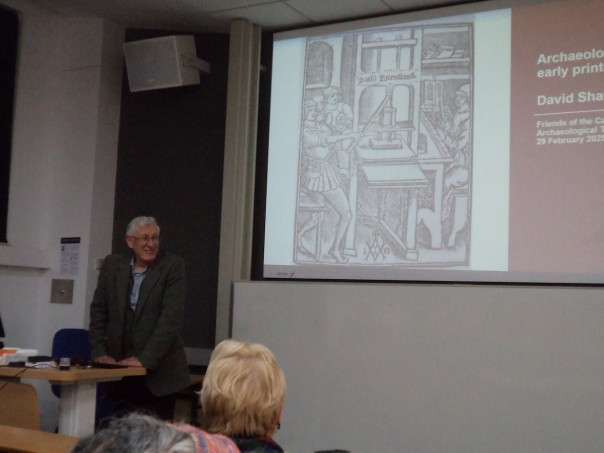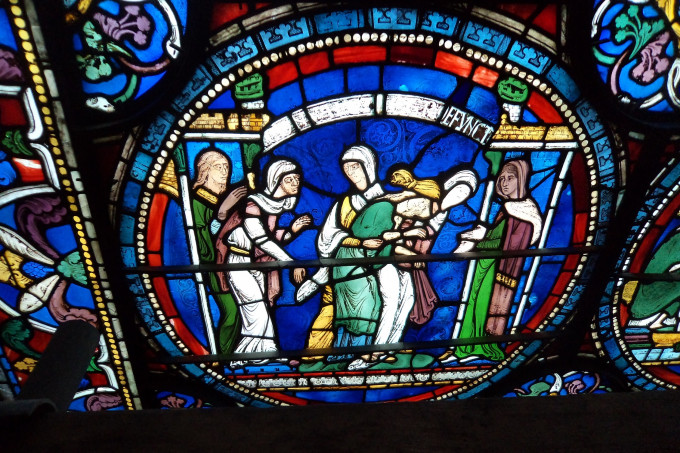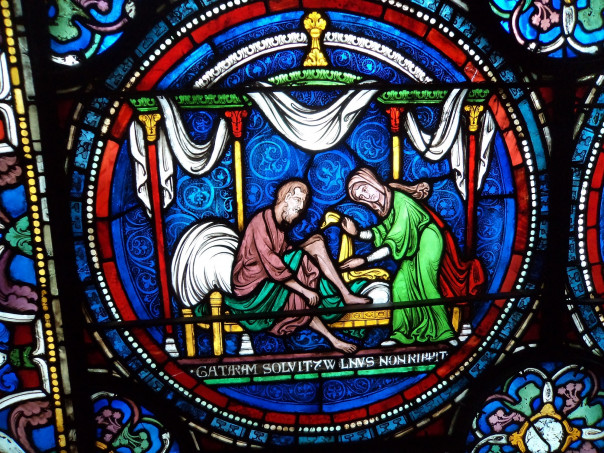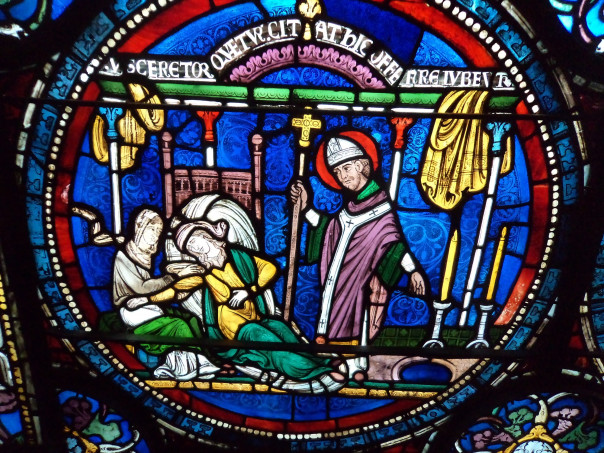This week has seen final preparations for the first of the ‘Inspirational Kent Women Writers’ events, the conference on Saturday. This means there will be a report in the blog next week because I’ll be joining the organisers: Drs Claire Bartram and Astrid Stilma, on Saturday in Augustine House. Claire tells me that we have a very good-sized audience for what promises to be a fascinating day. There may be a few tickets left so if you are interested, please check out: https://ckhh.org.uk/events/details/inspirational-kent-women-writers

One of the speakers on Saturday is Dr David Shaw and this week he gave the monthly CKHH/FCAT lecture, which I’ll mention briefly here. David has been working on the history of early printed books for many years and his talk looked at printing from the standpoint of material culture because there is very little documentary evidence at all about early printed book production before the middle of the 16th century. Yet, as he said, printing as a manufacturing process is fascinating and there are tantalising clues if you know what you are looking for even though there are no surviving examples of printing equipment for the first 150 years. However, things improve from the late 16th century and the Plantin-Moretus Museum in Antwerp sounds absolutely brilliant with its many working presses from this era. These wooden presses, even if not exactly like earlier ones, do offer part of the press’s evolutionary history from wood to cast iron of the mid 19th century.
Equally important was the invention of moveable type and as David explained for this, we need to look to Johann Gensfleisch zur Laden zum Gutenberg, who had served an apprenticeship as a goldsmith but was equally an inventor. For it was Gutenberg who was printing in Mainz in the 1450s, starting with little grammar books and indulgence certificates to aid his cash flow, which gave him the chance in 1455/56 to print his ’42-line Bible’ in two volumes. This prestigious project was expensive, and it is estimated that 275 copies were printed of which over 40 copies survive as well as lots of fragments.

David showed the audience several examples of folios from Gutenberg’s Bible to demonstrate how the marginal hand drawn illustrations were integrated with the black text, just as it would have been arranged for scribal copies of such a text. Thus, the process required a team to produce the finished object and David discussed how such workshops appear to have been run, the labour relations these engendered and the various disputes, including a strike. Because as for any such artisan being out of work could be catastrophic and the concept of a ‘living wage’ is a long way from being a modern invention. Among the printing house team were the two compositors whose job it was to build up the type for the folio which was to be printed next. Then there were the men who operated the press itself, whether this was a one or a two-pull press – Gutenberg had a one-pull press. Moreover, as part of this section, David talked about how and why such teams were controlled in terms of the number of books printed and what this meant concerning the total number of copies and therefore matters such as literacy rates – there was obviously a sizeable group of literate people for whom the printed book held many advantages.
Following on from this, David discussed the distribution patterns of these early volumes and how it is the marginal decoration that can yield considerable amounts of information to experts. Often these are single folios of these early books and David has been collecting such references for many years. Among these is one in Canterbury Cathedral Library from Ackermann von Bohmen which is a moralizing tale from about 1463. Another example concerns waste paper reused in a newly printed book, again showing just how important such detective work is in the identifying the early decades of printing.
David’s excellent talk generated a considerable number of questions from his audience, and it was obvious people had greatly enjoyed the presentation. It was also clear that David had enjoyed giving it and his enthusiasm for the topic was plain to see.

Another person I met this week who is equally passionate about her area is Leonie Seliger and I am very grateful to her for giving me a guided tour of the next Becket Miracle Window that she and Dr Rachel Koopmans will be working on very shortly. This is the ‘Kent window’ because most if not all the miracle narratives in the window relate to people from Kent. Moreover, the window is also special because it is the only one with decorated pieces of blue glass between the figures and as Leonie was saying, of the medieval glass none of the patterns in this glass are the same. As a result, we had a great couple of hours just looking in detail at the window in situ and it was great to get that close to be able to see the toes of one of the figures. Having waited for a couple of years for this new research and conservation project, it is so exciting to be there because Leonie and Rachel are such a great team and their work on the Becket windows has already considerably enhanced our understanding of these late 12th and early 13th century craftsmen.
I was also in the cathedral on Tuesday when I accompanied Dr Diane Heath and Dr Kaori Nagai, Senior Lecturer in Victorian Literature at the University of Kent, on their tour of the undercroft. Kaori has a project on animal fables and Diane wanted to show her the numerous animal stone carvings, especially where the animals are depicted playing musical instruments, although sadly no pigs and bagpipes. However, there is an ass playing a lyre among these carvings, as well several dragons, the two different types of lion – curly or straight-haired manes, and several horses to name but a few. Consequently, we had a good time discussing potential ideas behind such depictions and Diane and Kaori are intending to have a follow up meeting in May as part of a training day at CCCU.

Such collaboration whether with the Canterbury Cathedral Stained Glass Studio, University of Kent and FCAT is extremely productive on a whole range of levels, and we have a similarly good relationship with both Canterbury Cathedral Archives and the Kent Archives Service at Maidstone. For the latter, the next occasion we’ll be working together is a day for members of the Cinque Ports Confederation towards the end of March because as well as a tour of the archives, I’ll be able to give them a presentation using material from the Cinque Ports’ own custumals.
Thus, even though we weren’t teaching per se this week, it has still been very busy with more to come this Saturday.
 Centre for Kent History and Heritage
Centre for Kent History and Heritage Sheila Sweetinburgh
Sheila Sweetinburgh 2072
2072

